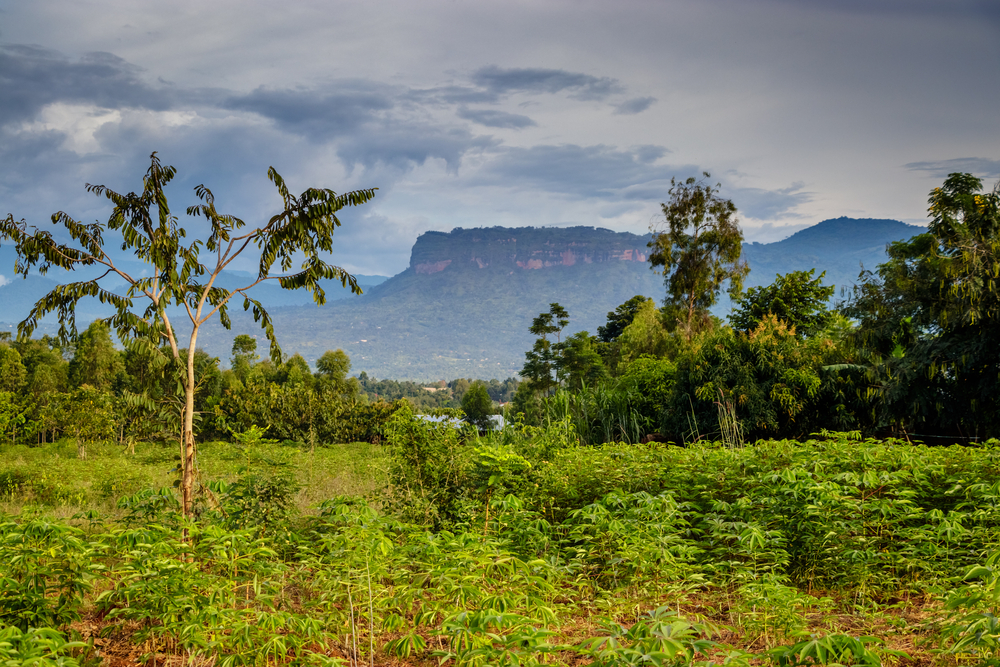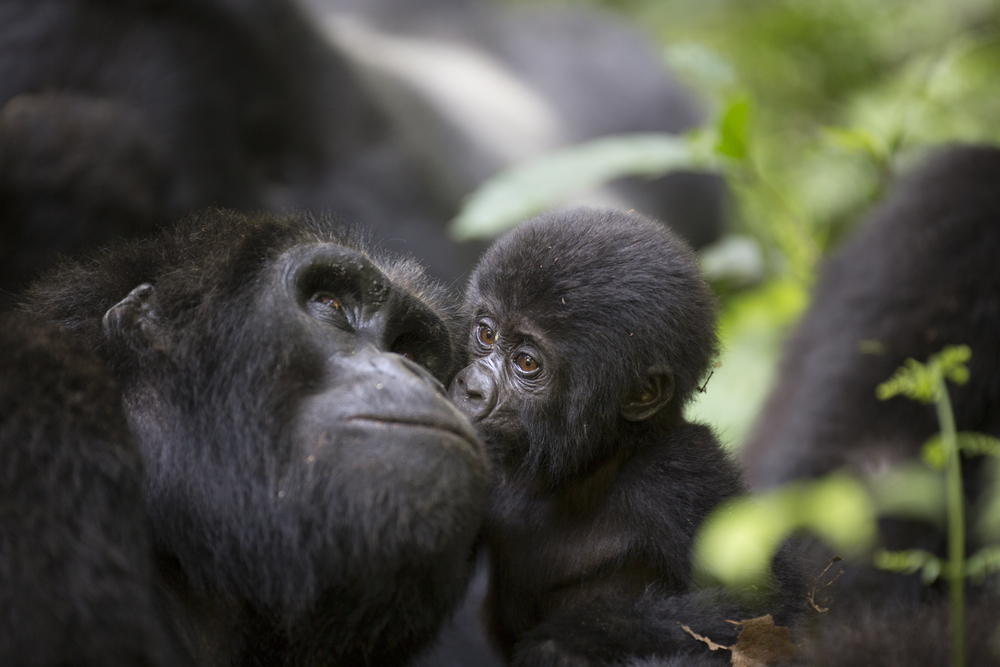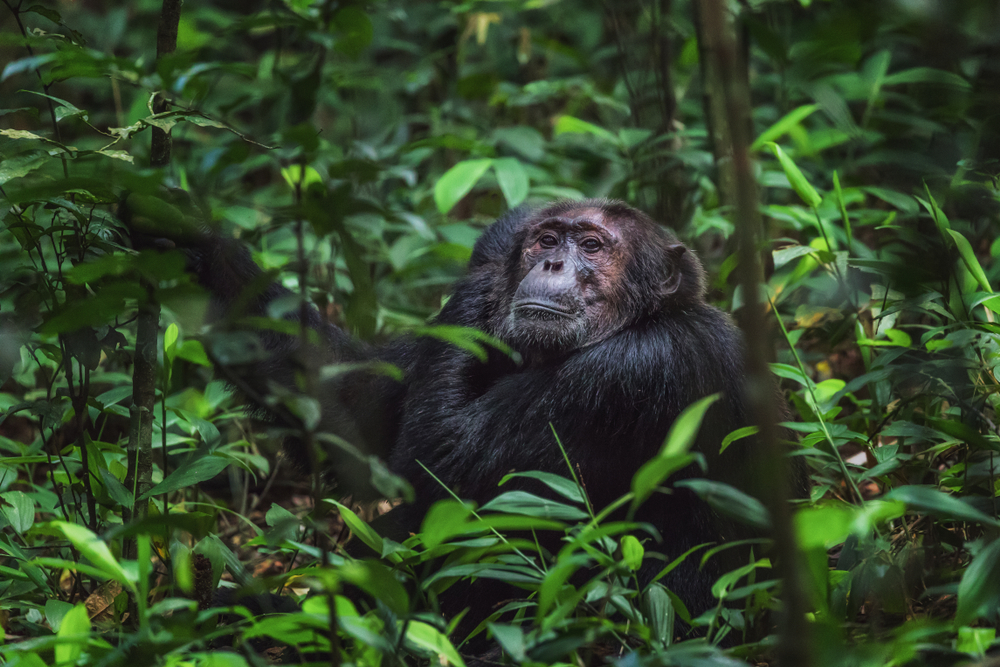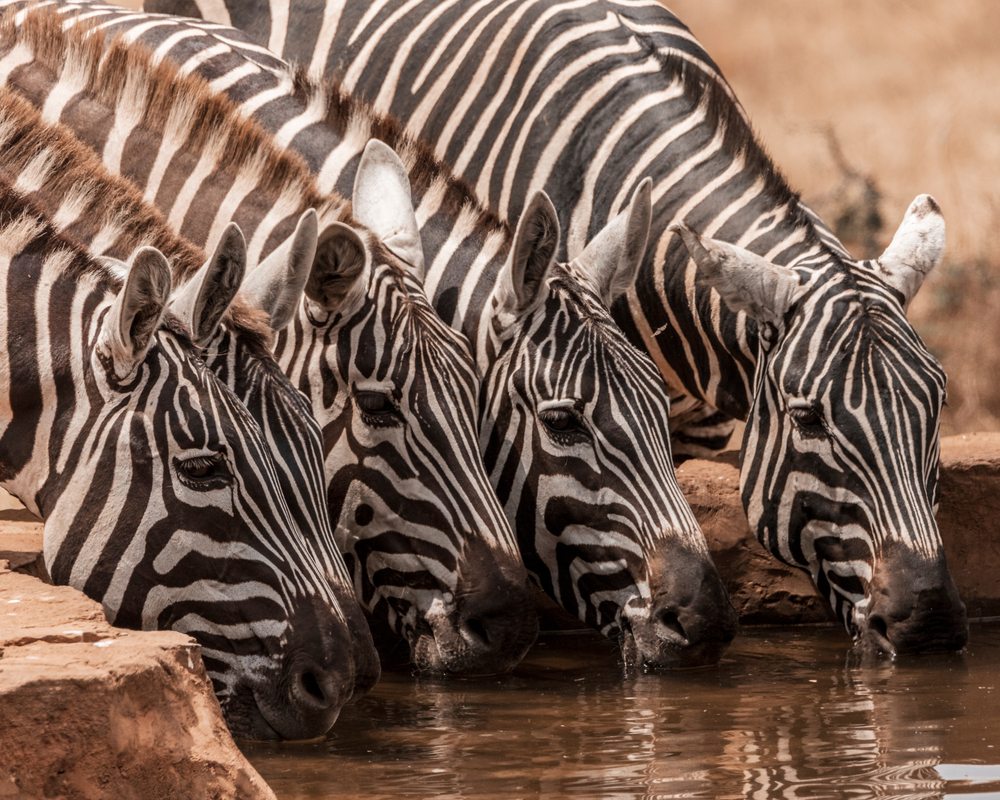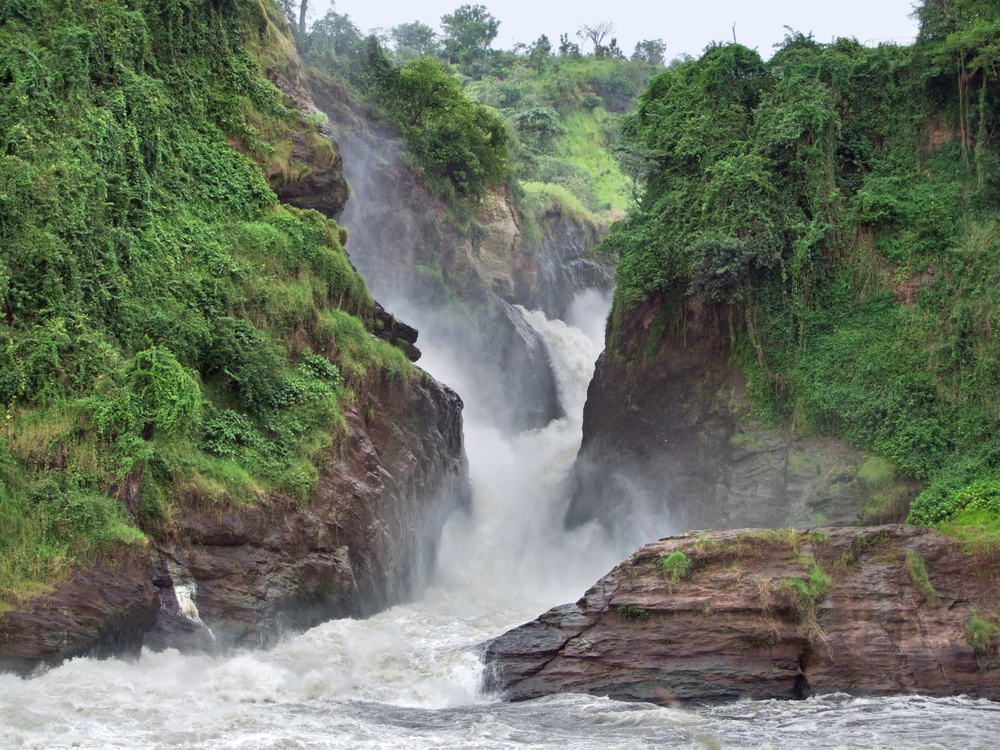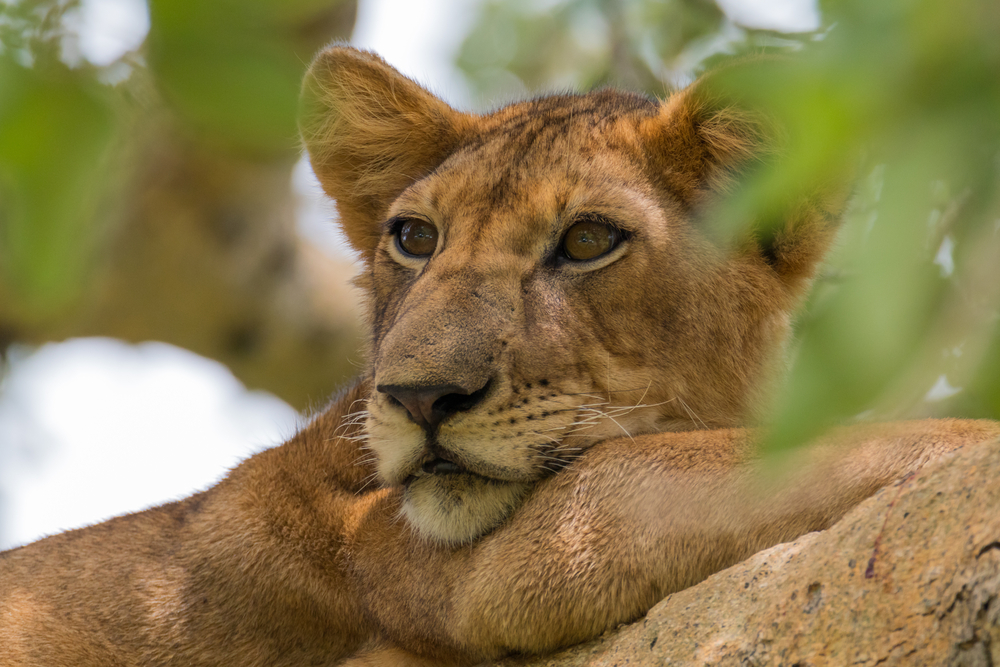Mount Elgon Uganda Overview
Mount Elgon National Park, known locally as Ekibira kya Elgon, straddles the border between Uganda and Kenya and is named after Mount Elgon, an extinct volcanic mountain that dominates the landscape. Covering an impressive 1,121 square kilometers (433 square miles) on the Ugandan side, the park offers stunning natural beauty, rich biodiversity, and one of the most fascinating geological histories in East Africa. With its towering peaks, cascading waterfalls, and lush montane forests, Mount Elgon National Park is a captivating destination for adventurers, nature enthusiasts, and cultural explorers.
Mount Elgon is the centerpiece of the park, with its highest point, Wagagai Peak, rising to 4,321 meters (14,177 feet) above sea level. As one of Africa’s oldest volcanic mountains, it features dramatic cliffs, expansive calderas, and deep gorges formed through millennia of erosion. The park’s most iconic geological feature is its massive caldera, the largest intact volcanic crater in the world, measuring approximately 8 kilometers (5 miles) in diameter. Visitors can embark on hiking expeditions to Wagagai Peak or explore the vast caldera, which includes unique landmarks like hot springs, caves, and stunning viewpoints.
Waterfalls are a notable highlight of Mount Elgon National Park. Sipi Falls, located just outside the park boundary, consists of three spectacular cascades that plunge dramatically over cliffs into lush valleys below. These falls, with drops ranging between 65 and 100 meters (213 to 328 feet), are among Uganda’s most scenic attractions and a favorite for photographers and trekkers. The park itself is dotted with smaller waterfalls and rivers that add to its natural charm.
Mount Elgon’s diverse habitats, ranging from lowland forests to Afro-alpine moorlands, support an impressive array of wildlife. While large mammals are less abundant than in other Ugandan parks, visitors may encounter forest elephants, buffalo, bushbucks, and duikers. The park is also home to primates such as blue monkeys and black-and-white colobus monkeys, which thrive in the dense forest canopies.
Birdlife in Mount Elgon National Park is particularly noteworthy, with over 300 recorded species, making it a paradise for birdwatchers. Notable species include the endangered Lammergeier (bearded vulture), Jackson’s francolin, and the Tacazze sunbird. The higher altitudes and unique habitats make the park a crucial area for many montane and forest bird species.
Mount Elgon National Park is also culturally significant, particularly for the Bagisu and Sabiny people who inhabit the region. The Bagisu regard Mount Elgon as a sacred site and conduct traditional ceremonies such as the Imbalu initiation rites, which are celebrated every two years. Visitors can explore these cultural traditions through community-led tours, adding a deeper dimension to their experience of the park.
Conservation efforts in Mount Elgon National Park focus on preserving its unique ecosystems and mitigating human-wildlife conflict. The Uganda Wildlife Authority works alongside local communities to promote sustainable tourism, protect wildlife, and restore degraded forest areas. Initiatives such as reforestation programs and community education are vital for the park’s long-term preservation.
Visitors to Mount Elgon National Park can enjoy hiking, birdwatching, and exploring its caves, waterfalls, and caldera. The Sipi Falls area provides opportunities for rock climbing, abseiling, and cultural tours. With its diverse attractions, Mount Elgon offers an unforgettable adventure in a stunning and peaceful setting.








































































